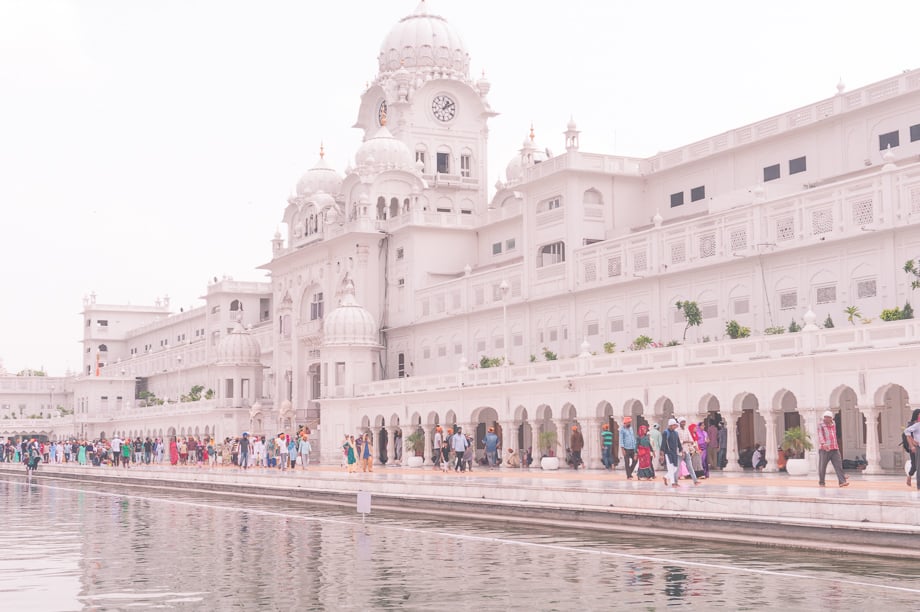
The Ultimate Guide to Amritsar, India
Why go?
Amritsar, located in the north-west Indian state of Punjab, is most well-known as the home of the Sikh faith. It’s home to the Harmandir Sahib, or Golden Temple, and attracts religious pilgrims from across the world.
Amritsar offers a fascinating experience into Punjabi and Sikh culture, and has a huge range of museums, cultural sites, history, and entertainment. If you are planning a trip to India, Amritsar is a great place to spend a few days, and not a place you’re likely to forget anytime soon. The catchy beats of the Punjabi music, the mouthwatering curries and daals, and the proud and passionate spirit of the city are unlike anywhere else.
I’ve put together a guide to Amritsar for first time visitors- while I haven’t been able to cover everything on offer in the city, this will provide a great starting point of what to see, where to stay, and how to get around. (Here are some more of my thoughts on Amritsar.)
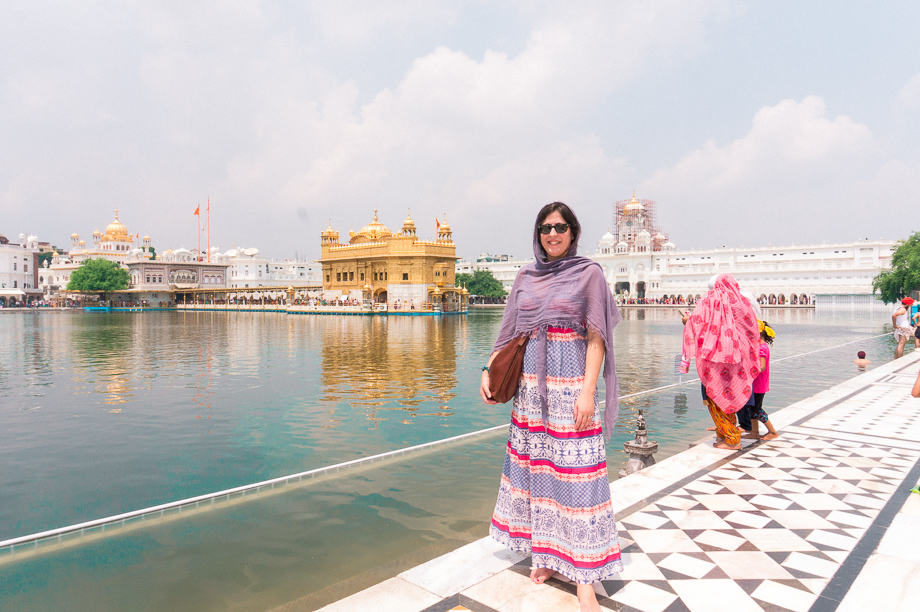
What to do
Amritsar has so much to offer. Ideally, three or four days would be a great amount of time to visit- you can experience most of the places below, but still have time to relax and rest without feeling like you’re missing out on anything.
(The below is an introduction to some of the main places of interest in Amritsar, but is by no means comprehensive.)
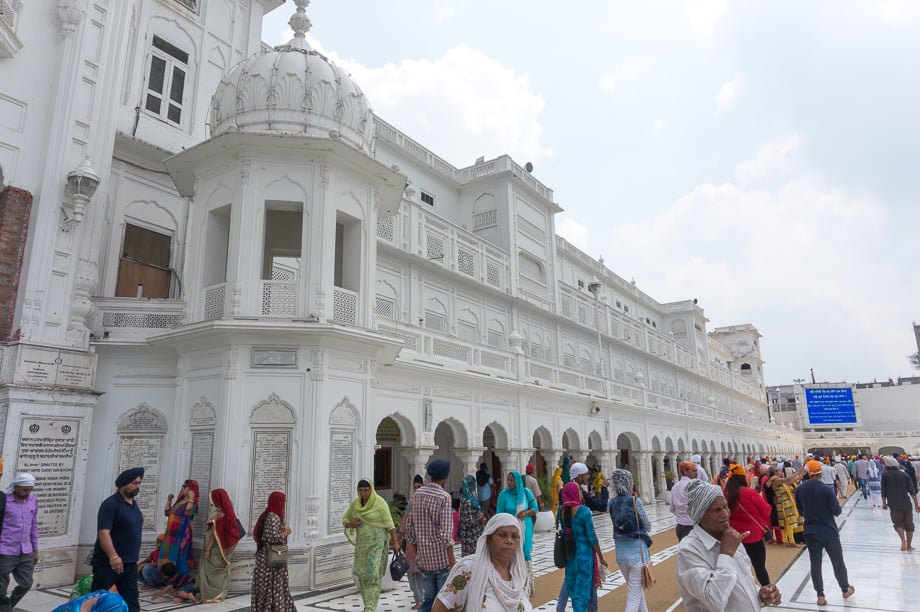
Harmandir Sahib (Golden Temple)
The Harmandir Sahib is the most holy gurdwara, or temple, to the Sikh faith. It is home to the eternal guru, the Guru Granth Sahib, a sacred religious text, with followers making the religious pilgrimage from around the world to attend. First built in 157 by Guru Ram Das, it was later embellished with a roof of pure gold, donated in 1830 by Sikh leader Ranjit Singh. (Hence the English name, Golden Temple.)
Below: The Golden Temple in both day and night.
It is hard to explain what it’s like to visit this sacred place, as it is so unique and unlike anywhere else, although I have written a narrative on the experience for Pink Pangea.
Any visit to the temple should first start at the Interpretation Center, which offers a series of videos on the temple’s history, culture, and construction. It provides a great introduction (just ask for headsets in English), before visiting the temple.
Visit in both day and night for completely different experiences, and also partake in the langar- the community kitchen, an important pillar of the Sikh beliefs. You can walk around the vast complex, bathe in the holy waters, or watch one of the many ceremonies that occur daily, such as the ‘Putting to Bed’ ceremony of the holy book.
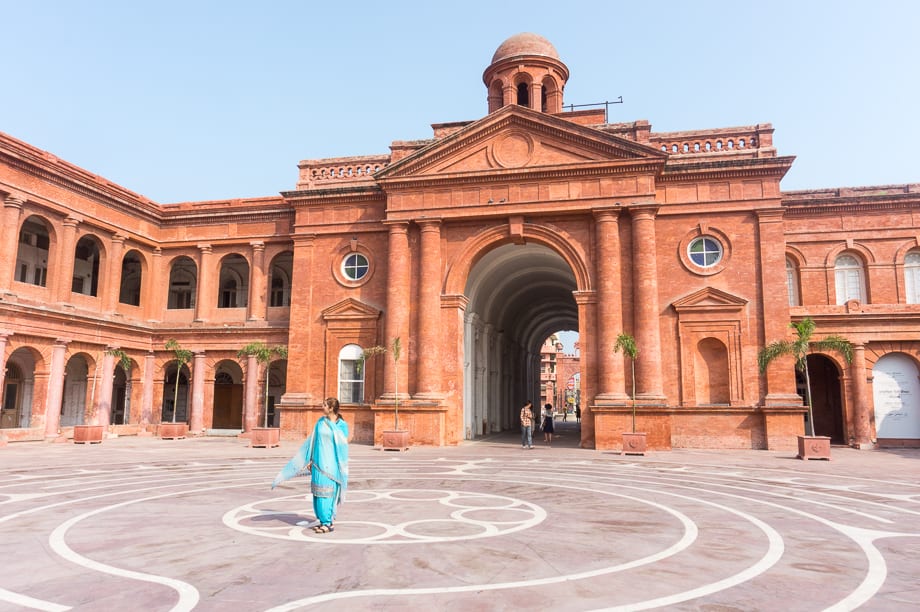
Partition Museum
The Partition Museum provides an insightful, and harrowing, introduction to the Partition of 1947, which separated India from Pakistan. Residing in Amritsar’s stunning Town Hall building, the museum is a wealth of exhibitions on the impact of the Partition, which created one of the world’s largest displacement and refugee crisis. Of note is the recorded stories from survivors, which the museum has tirelessly worked to record and save for future generations.
Try to visit on your first day or two in Amritsar, as it serves as a helpful introduction to the city’s past. It’s also the world’s only museum dedicated to the Partition.
Jallianwala Bagh
Now a public garden and memorial, Jallianwala Bagh is a site of national significance. On April 13th, 1919, the day of Baisakhi, a Sikh festival, British colonial troops, led by Col Reginald Dyer, opened fire on peaceful protestors. They were protesting the arrest and deportation of Indian leaders, and the event had a profound impact on Indian nationalism. The official number of casualties is 379, although it is estimated closer to 1,500.
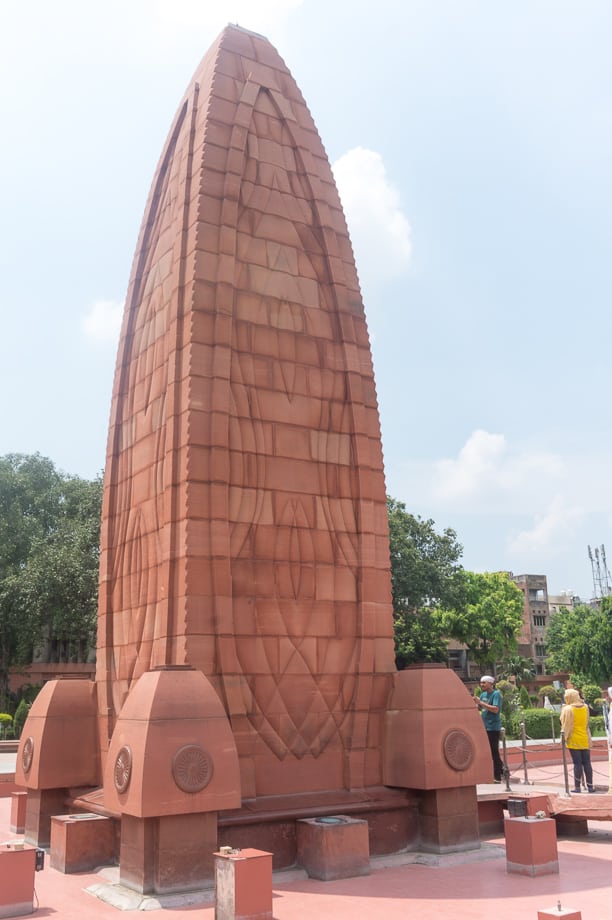
There is a large memorial at the site, and also a large well, which was unfortunately exposed at the time of the attack, causing more injury and death. It is known as the Martyr’s Well, and is a haunting reminder of the now-serene garden’s past.
Read more about India travel here.
Wagah Border Ceremony
One of the most unique and patriotic displays I’ve ever witnessed, the Wagah Border Ceremony is held nightly, on the border (literally) between India and Pakistan. There are two football-sized stadiums built next to the border of each country, and crowds gather nightly to witness the military displays of both nations, which conclude in the join lowering of the flags. Expect a lot of cheers and celebrations, ice cream vendors, and military prowess, featuring a lot of high-kicks.
The event is to celebrate the rivalry, but also friendship, of both countries. For security reasons, leave most everything in your car, except for water, your camera, and some spending money, and expect crowds.
Below: The Wagah Border Ceremony
Sadda Pind
Sadda Pind is a tourist center and recreated Punjabi village just outside of town. Is it cheesy and touristy? Yes. But, it’s a great way to learn more about Punjabi culture, and is extremely thorough in terms of the recreated houses, educational opportunities, etc. They also have a fantastic buffet and offer nightly entertainment and traditional dancing.
Gobindgarh Fort
A former military fort that was closed from public viewing, Gobindgarh Fort only opened to the public in late 2016. Built in 1760, this beautiful fort was one of my favorite places in Amritsar- I’s say allow at least a half day to spend here. The fort offers a museum, traditional music and dancing, and evening entertainment and light show. (Try to time your visit in the late afternoon, so you can stay for the evening show, Whispering Walls.)
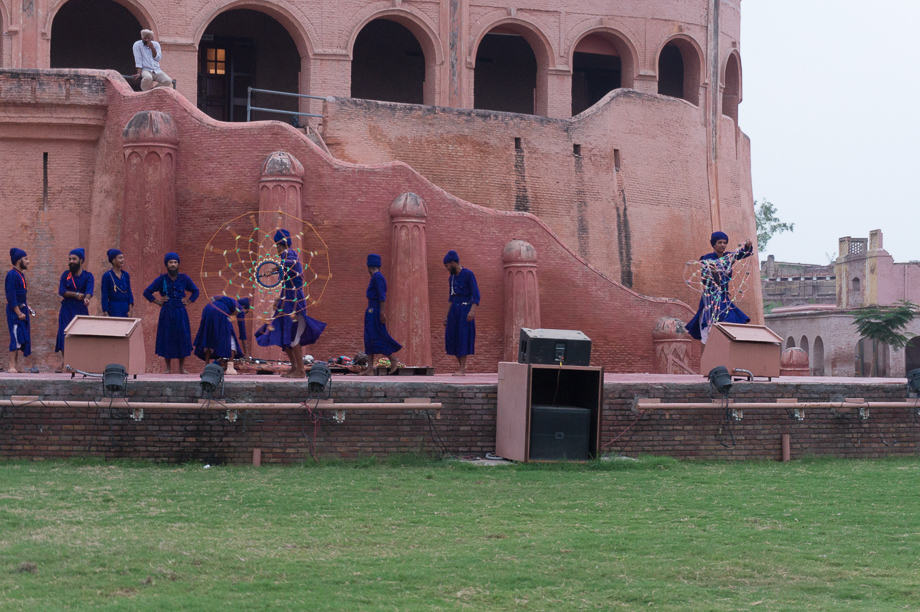
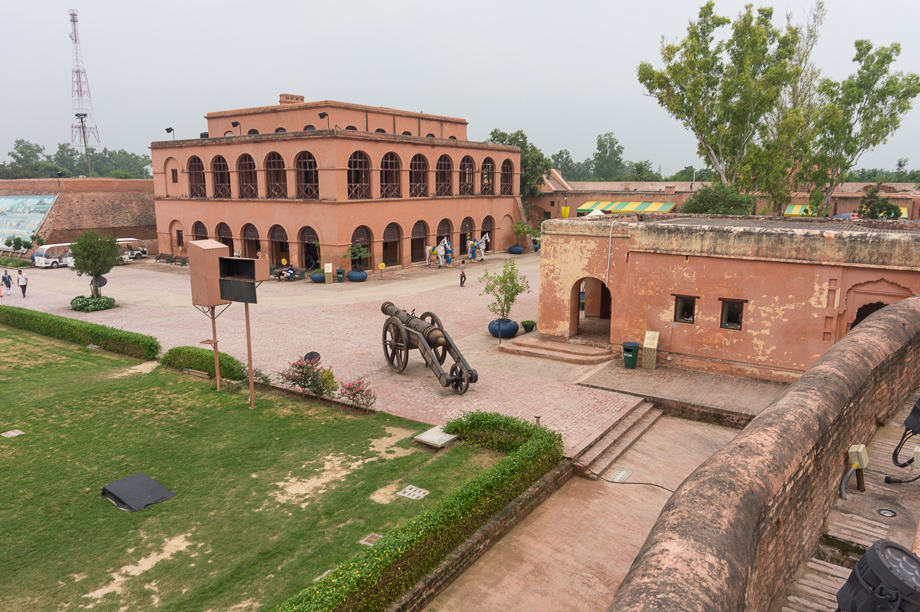
History buffs will find so much to see here, including military exhibitions, Sikh history and even a gallery on this history of turbans. From a photography perspective, the design and style of the fort is a lot of fun to photograph.
Punjab State Heroes Memorial and Museum
The first of its kind in India, the War Memorial provides a massive and very comprehensive series of exhibits and galleries on all wars that included Punjab soldiers, from ancient history to modern times.
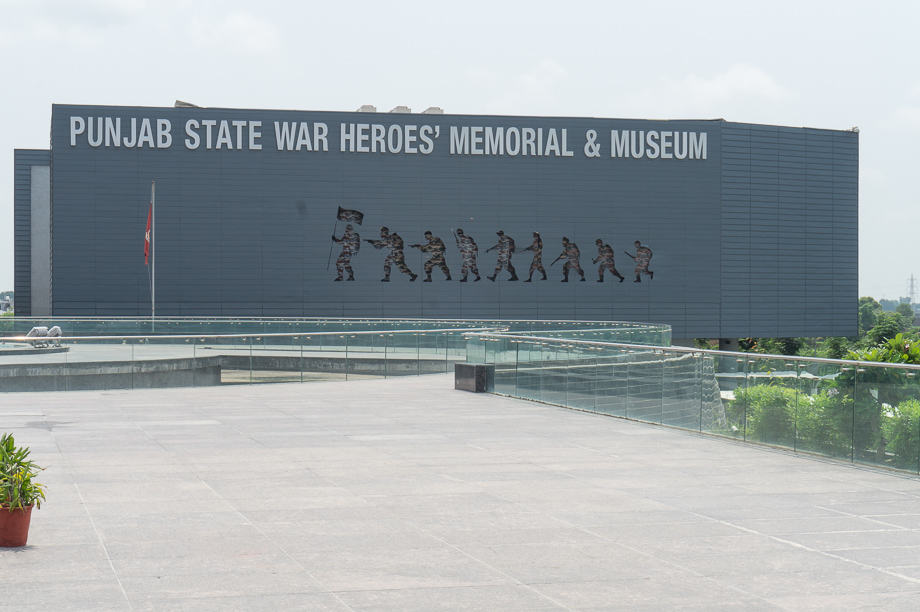
Sri Ram Tirath temple
About 11km outside Amritsar, this stunning temple is dedicated to the Hindu god Lord Rama, and is a place of great reverence and holiness. Visit for the gorgeous architecture, ornate tiles and design, and to learn more about the stories and history of the temple. It’s also en route to the Wagah Border, so stop off to explore the temple before the border ceremony.
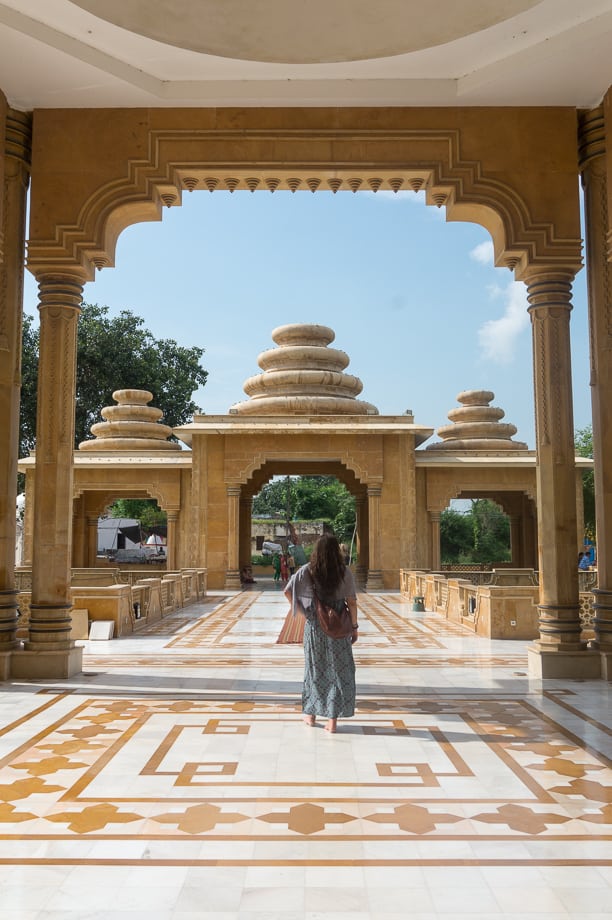
Amritsar Heritage Walk
A guided heritage walk of the city, run by Punjab Tourism, is a great introduction to the town’s history, architecture, and culture. The daily walking tour can be booked online, and is led by a local tour guide. Check out Punjab Tourism for more details.
Where to stay
A range of accommodation can be found throughout the city, depending on your preferences and budget. Please note, I have included the properties below as I was able to personally visit them, and was really impressed by what they can offer, however, there are a wide range of hotels, guesthouses, and properties available within Amritsar.
If you prefer all the comforts of home and a familiar face:
The Holiday Inn Amritsar Ranjit Avenue offers great accommodation with the familiar Holiday Inn comforts, including modern rooms, a western (and Indian) buffet breakfast, outdoor swimming pool, and is close to the major attractions of the city, although not walking distance.
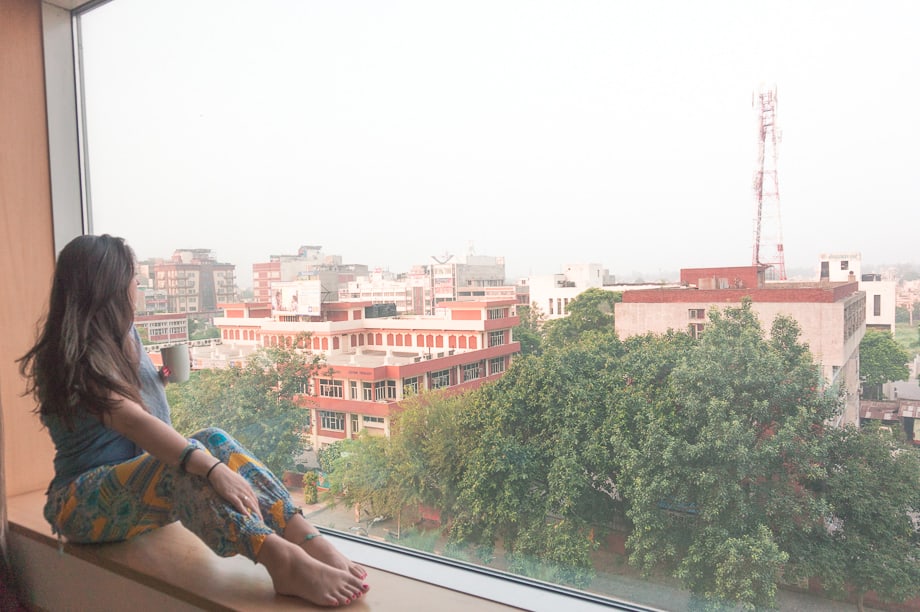
If you prefer contemporary style:
The Taj Swarna is part of the well-known Taj hotel chain, and offers contemporary design and 5-star rooms, and a wide range of dining and restaurants. It’s very spacious, and offers fantastic service.
If you prefer boutique heritage luxury and spa facilities:
My recommendation for Amritsar would definitely be to check out Ranjit’s SVAASA– this 200 year-old boutique hotel offers quintessential Indian charm, and is absolutely beautiful. Even if you stay elsewhere, it is worth a visit for lunch or a spa treatment. Expect lush gardens in bloom, personalised service, and delicious cuisine from this family-owned hotel.
Below: Ranjit’s SVAASA
How to get around
Walking
Many of the city’s main attractions are within a short walking distance from the city, including the Golden Temple, Jallianwala Bagh, and the Partition Museum. It goes without saying, but the roads can be really hectic- cross the street with caution.
Rickshaw/tuk tuk/taxi
For short trips around the city, a rickshaw or tuk tuk can get you there, if you’re looking for a unique way to travel- but confirm the fare before setting off. Modern taxis and minibuses can be also be booked for trips around the city.
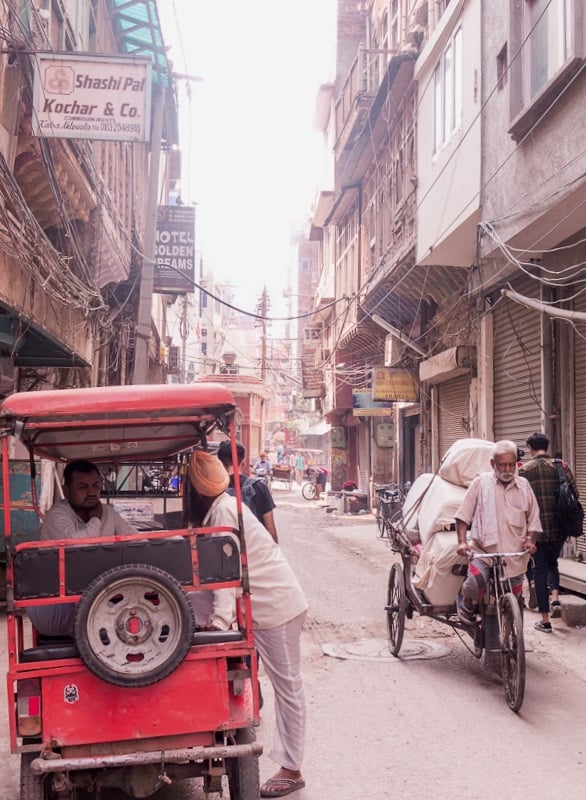
Hire a driver
If your budget allows, hiring a guide/driver is the best way to make the most of your stay, and to get around. They can create bespoke itineraries and tours, and can provide local insight and suggestions. We had guides from Punjab Tourism, and couldn’t recommend them more- the guides were enthusiastic, extremely knowledgeable, and were so excited to share their love for their home city with others.
Hop-on, Hop-off bus
The city sightseeing Hop-on. Hop-off bus is a great way to get around, especially to attractions that aren’t within walking distance of the city centre. I didn’t try this option, however it is operated by the government based tourism department, Punjab Tourism- book online in advance to get the best fares.
Where to eat
On my recent trip, we ate at quite a few dhabas, or traditional Punjabi cafes/restaurants. The food was generally vegetarian, and included daals, rotis, naan, and a variety of veggie-based curries. Dhabas can be found all over the city, and offer really filling, and wholesome meals, and are really affordable, a great option for travellers on a budget. (Some great dining suggestions can be found here.) The sweets and deserts are also great to try- look for laddu and kulfi.
Fine dining options can also be found, mainly in the city’s hotels.

How to get there
Amritsar can be reached by bus or train from most anywhere in India, and is approximately 7-8 hours (450km) from Delhi. It’s also home to a domestic and international airport. If you’re travelling from Australia or SE Asia, check out Air Asia- they have recently launched a flight direct from Kuala Lumpur to Amritsar, with perfectly timed connections from Australia. They are a budget airline, so meals and luggage are an additional add on, but if you’re looking for a really affordable way to get to Amritsar, this is the perfect option. The service was fantastic and they have great fares on offer- check out AirAsia.com for the latest information.
It’s worth noting that security is very stringent in Indian airports, and can be time consuming (as can immigration). Although Amritsar is a smaller airport, by international standards, still aim to arrive at least two hours before your onward flight.
(The writer visited as a guest of Air Asia and Punjab Tourism, but all opinions are her own.)
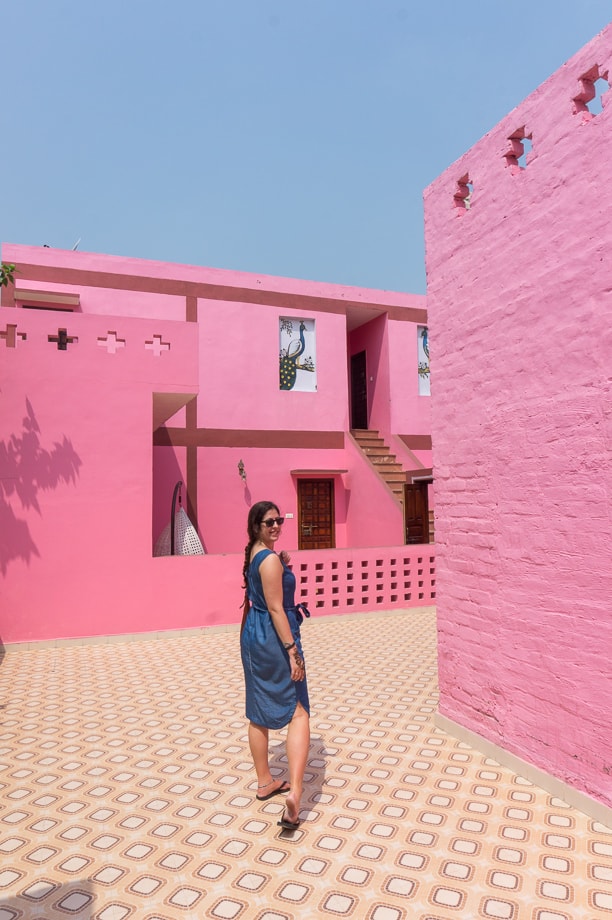
Have you been to Amritsar? Would love to know your thoughts!


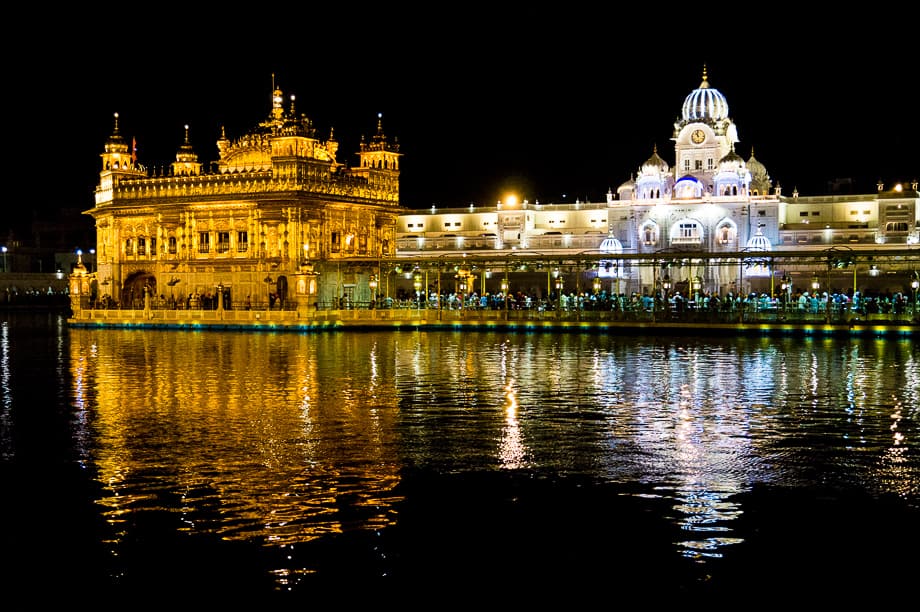
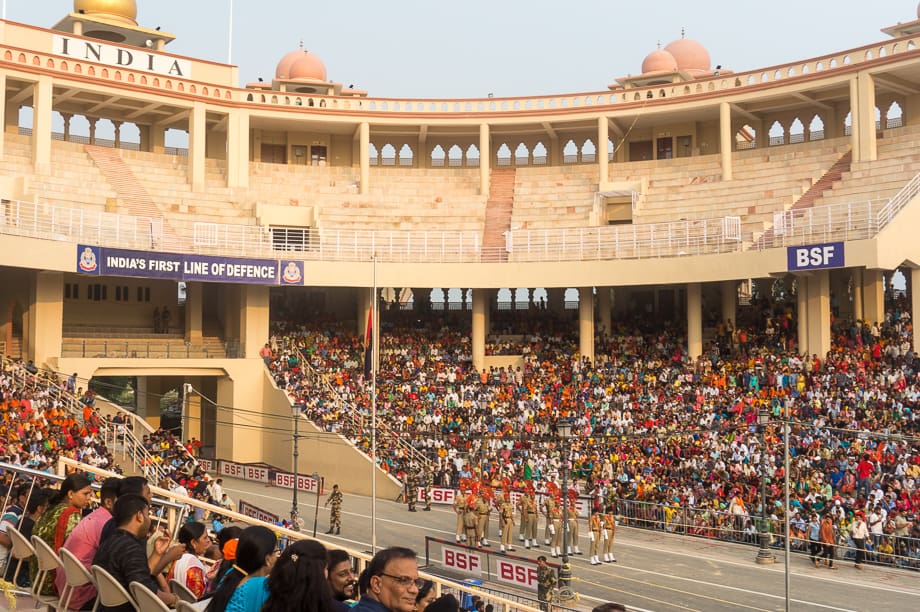
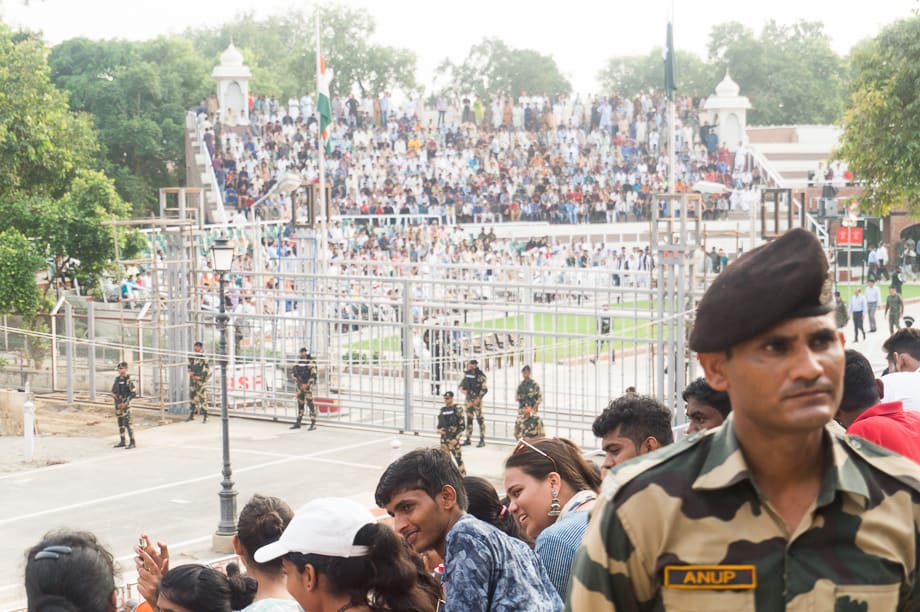
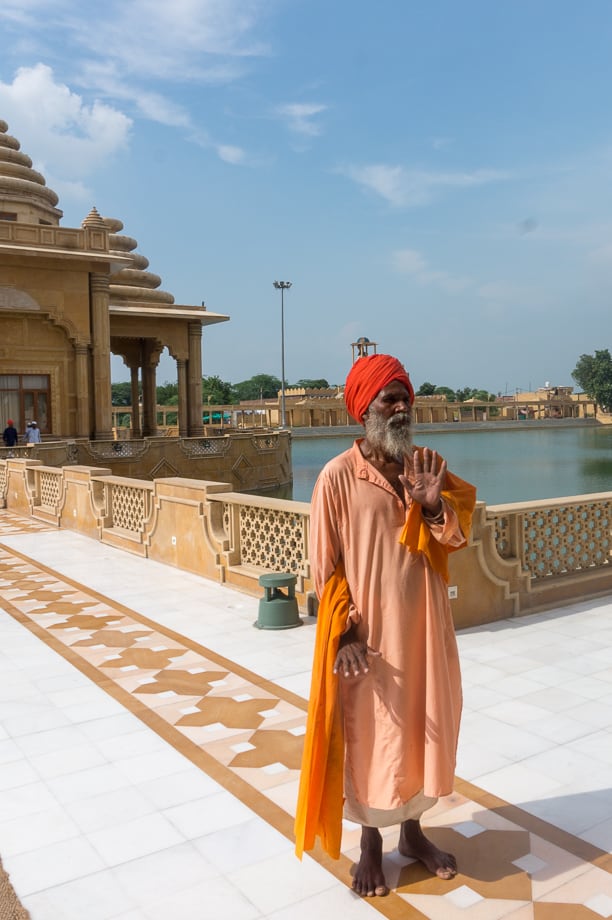
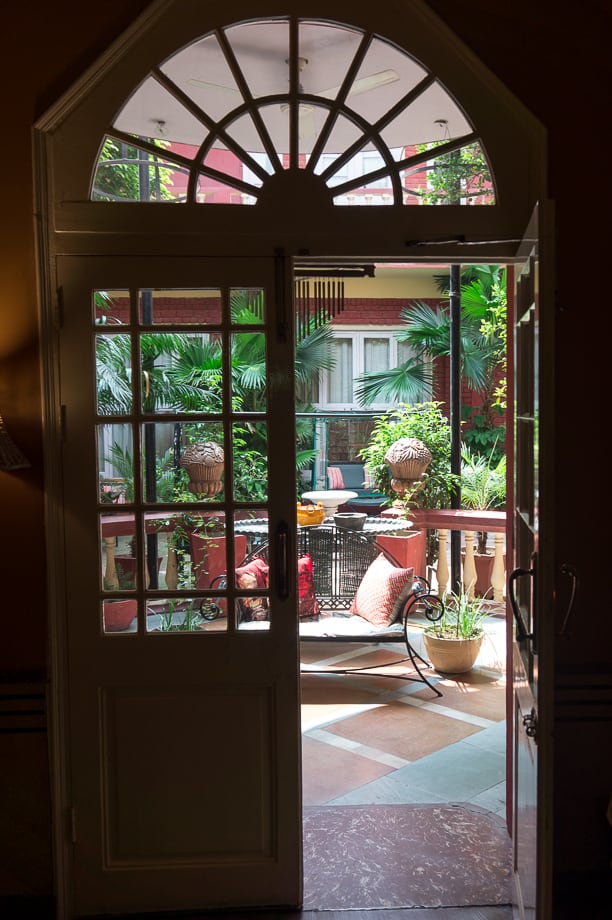
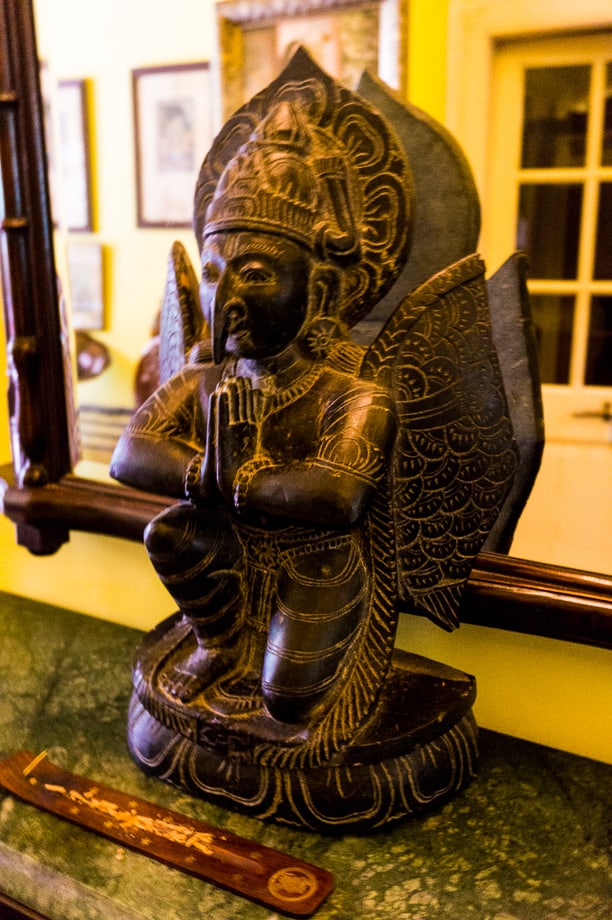
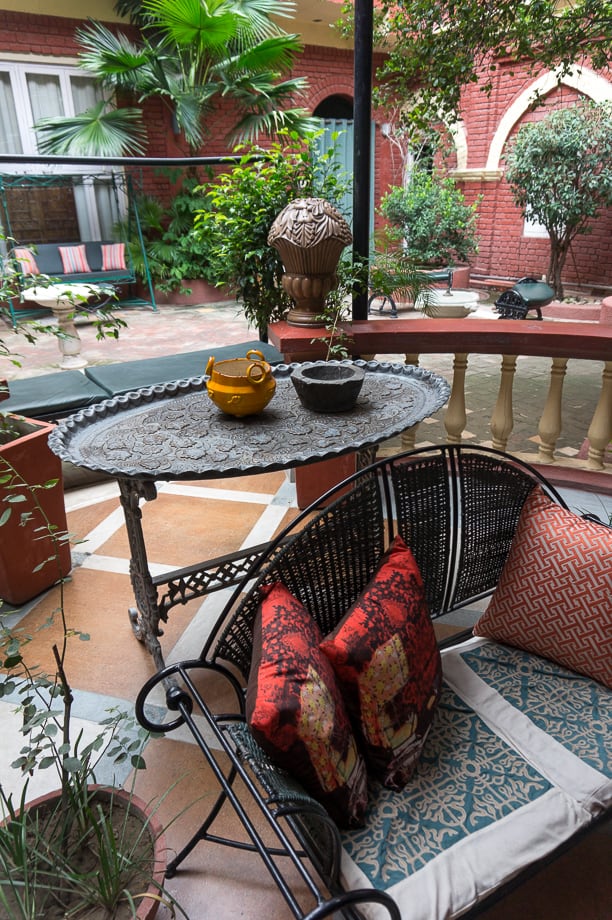
David and I were only talking about India this morning. It is somewhere that neither of us have been but both want to go one day. Amritsar sounds just the sort of place we would love.
Hey!
I’ve never been to Amritsar, but I want to go so desperately. Your photos are so beautiful they’ve added to my wanderlust. One day I hope I will visit when I return to India.